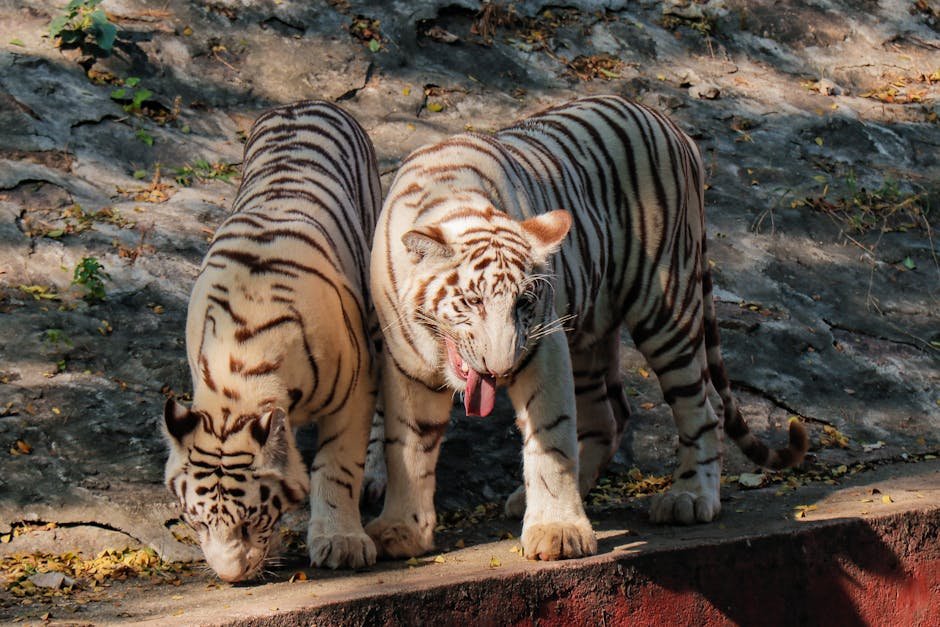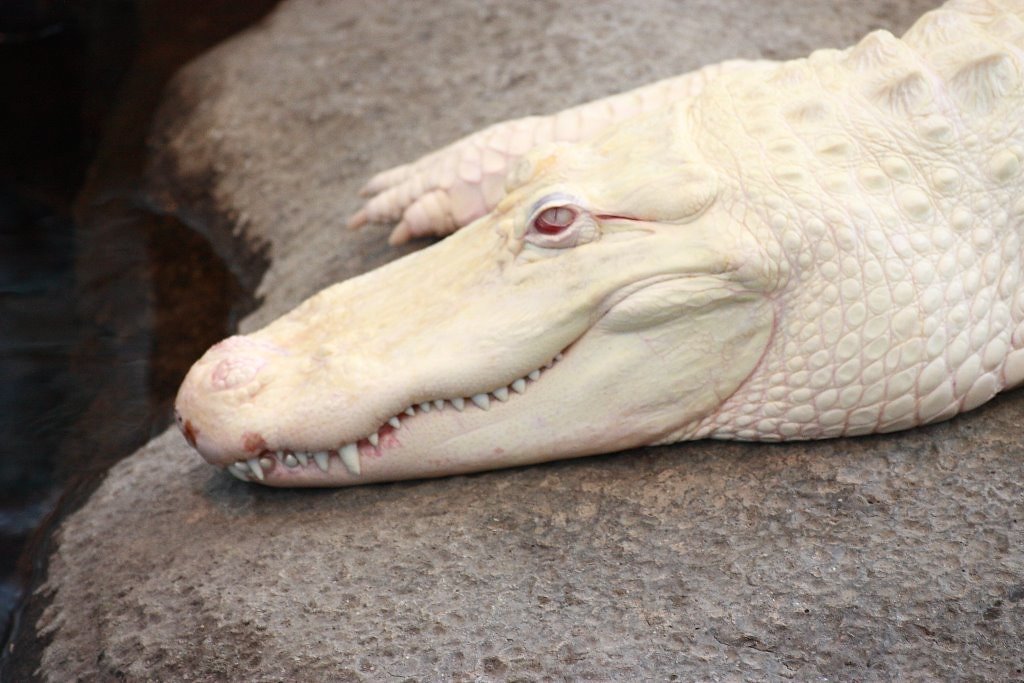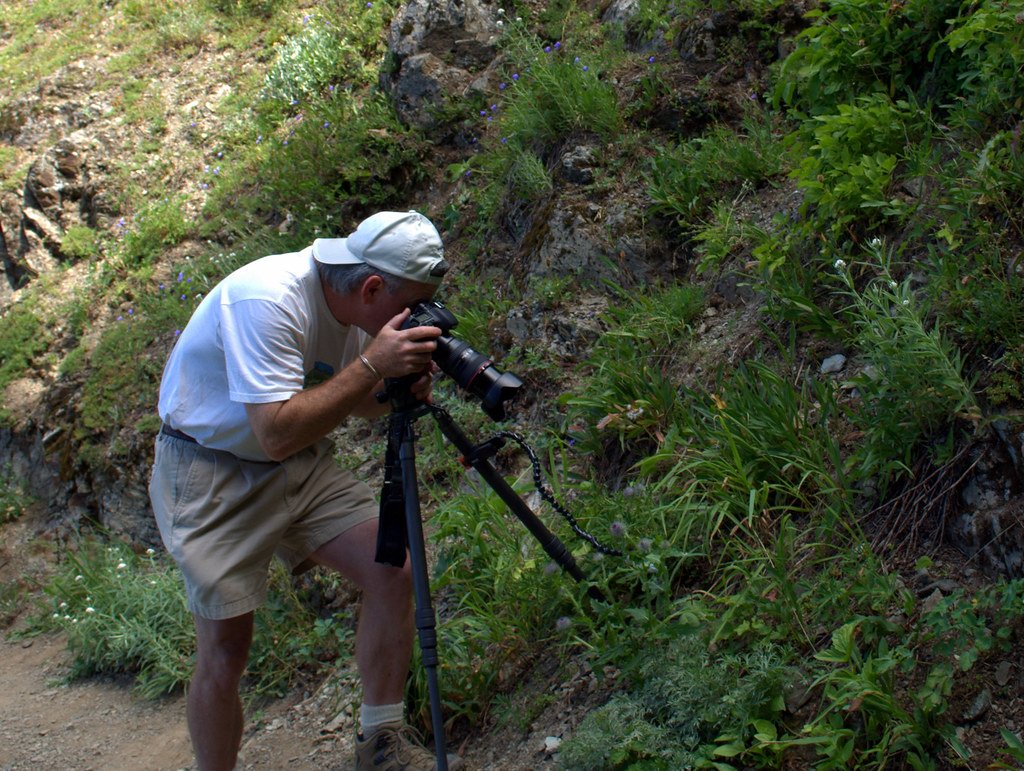Encountering a rare animal in its natural habitat is a thrilling experience that many nature enthusiasts dream of. The heart races, the mind races, and suddenly, you’re thrust into a world of wonder and excitement. But how can you be sure that the creature you’ve stumbled upon is indeed rare? Understanding the nuances of wildlife identification and rarity is key. This guide will walk you through the signs and steps to confirm your extraordinary find.
Understanding Rarity in the Animal Kingdom

Rarity in animals is a fascinating subject. An animal is considered rare if it has a small population or limited geographical range. This could be due to several factors like habitat destruction, climate change, or natural evolutionary processes. For example, the Amur leopard is rare due to its critically low numbers in the wild. Understanding these factors can help you identify whether the animal you’ve encountered is rare or simply elusive.
Researching the Local Wildlife

Before venturing into the wild, it’s beneficial to research the local wildlife of the area. Knowing which species are native, endangered, or rare can prepare you for what you might see. For instance, if you’re hiking in Madagascar, being aware of the rare lemurs unique to that region can alert you to their presence. Consult local wildlife guides or park rangers who often have up-to-date information on rare sightings.
Observing Unique Physical Characteristics

Rare animals often have distinctive physical features that set them apart. Look for unusual markings, colors, or sizes that don’t match common species in the area. For example, the striking blue coloration of the Blue Poison Dart Frog is a good indicator of its rarity. Pay attention to these details, as they can be crucial in identifying a rare species.
Listening for Uncommon Vocalizations
Another clue that you’ve encountered a rare animal can be its vocalizations. Many rare species have unique calls or sounds that are not heard from more common animals. For instance, the haunting call of the Black-capped Petrel is a sound of rarity in the Caribbean. If you hear an unfamiliar sound, try to record it for further identification.
Recognizing Unusual Behavior

Behavioral patterns can also signify rarity. Some rare animals exhibit behaviors not observed in more common species. For instance, the unique hunting tactics of the Ethiopian wolf, which involve solitary hunting and specialized prey, can be a sign of its rarity. Observing these behaviors closely can provide insights into the animal’s identity.
Documenting Your Encounter
If you suspect you’ve found a rare animal, documenting your experience is crucial. Take clear photographs or videos from multiple angles, if possible. Note the time, date, and location of your sighting. This documentation can be invaluable for wildlife researchers and conservationists who may be unaware of the animal’s presence in that area.
Consulting Local Experts

After documenting your encounter, consult local wildlife experts or conservation organizations. They can verify your findings and provide additional insights into the rarity of the animal. Experts might include park rangers, biologists, or members of local wildlife societies who are familiar with the region’s fauna.
Using Technology for Identification
In today’s digital age, technology can be a powerful tool in identifying rare animals. Apps and online databases allow users to upload photos and compare them with vast collections of animal images. These platforms often include information about an animal’s rarity status. Utilizing such technology can enhance your ability to confirm a rare sighting.
Understanding Conservation Status
The conservation status of an animal can also indicate its rarity. Species classified as endangered or critically endangered are often rare. The International Union for Conservation of Nature (IUCN) Red List is a comprehensive resource that categorizes species based on their risk of extinction. Checking this list can help you understand the rarity of the animal you’ve encountered.
Reflecting on the Impact of Your Discovery

Finding a rare animal is an incredible experience that comes with responsibility. Reflect on how your discovery can contribute to conservation efforts. Sharing your findings with conservationists can aid in protecting these unique creatures and their habitats. Remember, every sighting can play a part in the larger picture of wildlife preservation.




